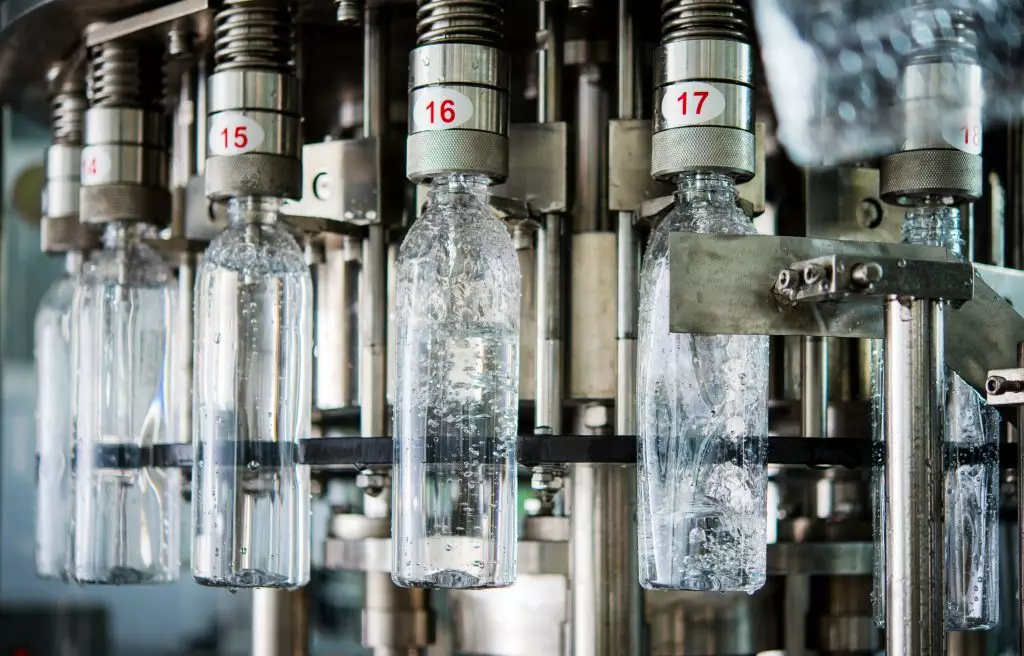
In order to improve the production chain for its customers, one of the most important world players in the treatment and packaging of liquids has the mission to make its machinery more and more efficient. In close collaboration with the company, Moxoff has created reduced models that are able to improve the performance of the machines used to fill the kettles, by solving the fluid dynamics of the system.
Description and benefits
Improving the efficiency and the rapidity of the filling process is a complex mission that imposes to the company a continuous research of innovative tools. Through the use of reduced models, which are able to model the processes of fluid dynamics, Moxoff has developed simulation algorithms that test the various parameters and different configurations of the machinery in a very short time.
This project is part of a wider path, started since Moxoff’s birth, which has the gradual goal to mathematically model all the different parts of the production machine. With this approach, it will be possible to reconstruct the entire apparatus in digital form, leaning towards a true “digital twin” that allows for the complete simulations of the entire system.
Moreover, Moxoff is now integrating the components related to field data, in order to put in direct communication the two worlds (physical and virtual), thus making the machines even more performing.
The contamination of knowledge at the service of businesses
To prepare this solution, Moxoff has used mathematical models originally developed for hemodynamics, i.e. the study of interaction processes between the fluid dynamics of blood and the walls of blood vessels. There are, in fact, many similarities between the machine, as it performs the filling, and the arteries.
In the machine, a special paper tube is filled with fluid while several tongs spring into synchronized action to close the package. The combined motion of these tongs with the fluid filling the packet creates pressure waves that are analogous to those formed in blood vessels with each heartbeat. Hence, Moxoff had the idea of adopting mathematical models already developed for hemodynamics to pursue a very different application. Again, this is one of the beauties of mathematical modeling: seemingly very different phenomena can be described with similar mathematical equations.
- Reduced time, simulations, which previously took hours, are now done in seconds
- Smart-integration, easy integration with commercial software already in use by the customer
- Forecasting, ability to foresee eventual problems, before they happen in reality